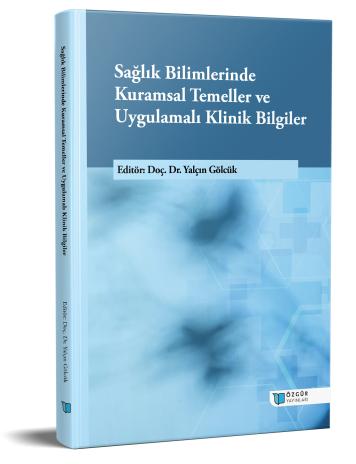
ALK and ROS1-Positive Non-Small Cell Lung Cancer: Molecular Characteristics, Diagnostic Strategies, and Targeted Therapeutic Approaches
Şu kitabın bölümü:
Gölcük,
Y.
(ed.)
2025.
Sağlık Bilimlerinde Kuramsal Temeller ve Uygulamalı Klinik Bilgiler.
Özet
Non-small cell lung cancer (NSCLC) cases with ALK or ROS1 rearrangements represent distinct molecular entities, often identified in younger, never-smoker female patients exhibiting adenocarcinoma subtype. These oncogenic fusions drive constitutive tyrosine kinase activation, promoting tumor growth, survival, and metastasis through pathways such as PI3K/AKT/mTOR, MAPK/ERK, and JAK/STAT.
Accurate detection of ALK and ROS1 alterations is essential for treatment planning and is routinely performed using immunohistochemistry, fluorescence in situ hybridization (FISH), or next-generation sequencing (NGS). In ALK-positive disease, second- and third-generation tyrosine kinase inhibitors (TKIs)—including alectinib, brigatinib, and lorlatinib—have demonstrated superior efficacy compared to chemotherapy, particularly in central nervous system (CNS) control. Lorlatinib offers significant benefit in the presence of resistant mutations (e.g., G1202R) and brain metastases.
In ROS1-rearranged NSCLC, crizotinib and entrectinib are established first-line therapies, while repotrectinib has emerged as a promising option for patients harboring solvent-front mutations such as ROS1 G2032R. Although generally well tolerated, each TKI presents unique toxicity profiles, including neurocognitive effects and hyperlipidemia with lorlatinib.
Guidelines now emphasize not only biomarker-driven systemic therapy but also the integration of local treatments for patients with oligometastatic or CNS involvement. With sequential targeted therapy, median overall survival in ALK-positive NSCLC exceeds seven years, underscoring the transformative impact of precision oncology in this subgroup.

